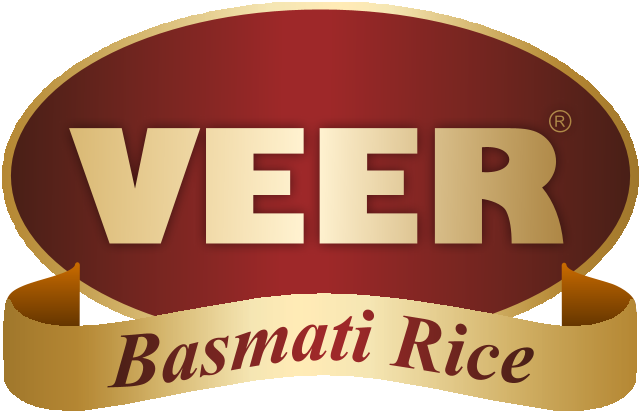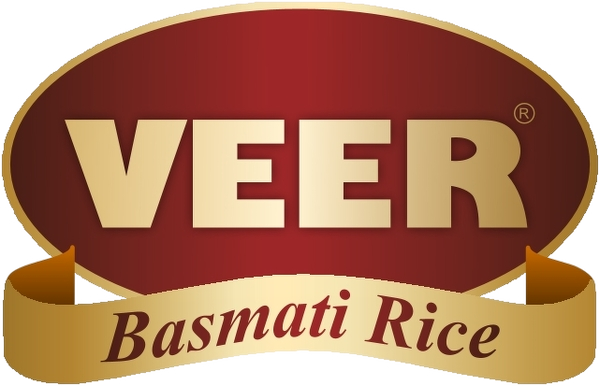Rice is a staple food for millions of people globally. As a result, rice production is a significant business that calls for efficiency of the rice processing steps and high-quality requirements.
In recent years, there has been growing concern about the environmental impact of rice production, particularly in terms of water usage and greenhouse gas emissions. Therefore, many farmers and companies are exploring more sustainable and eco-friendly practices to meet the increasing customer demand for rice while minimizing their ecological footprint. Rice processing steps entail several procedures that require meticulous attention to detail to provide the finest possible result. These procedures include milling, polishing, and grading the rice to ensure that it meets the highest quality standards.
In this blog article, we will discuss several rice processing strategies that can help you boost efficiency and quality. These guidelines include adequate rice grain washing and sorting, optimal soaking and cooking durations, and the use of high-quality equipment. By implementing these strategies, rice processors can reduce the number of broken grains and improve their rice product’s overall appearance and taste. These improvements can lead to increased customer satisfaction and, ultimately, higher profits for the business. You may enhance your rice processing steps and produce higher-quality rice by following these tips.
Sorting
Sorting is the first step of the many rice processing steps Sorting involves separating the grains from any impurities and arranging them according to size and quality. It involves separating the grains based on size, shape, and colour. Sorting helps remove any impurities and wrecked grains that may affect the quality of the final product. This process is commonly used in the production of rice, beans, and other grains. Modern sorting machines use advanced technology to ensure high accuracy and efficiency. Colour sorters can help automate the sorting process and improve accuracy.
Colour sorters use advanced technology to detect and remove even the smallest impurities, ensuring a higher-quality product with minimal loss. This technology is particularly useful in the food industry, where it can help remove contaminants and foreign materials from grains, nuts, and other products. Additionally, colour sorters can increase efficiency and reduce labour costs by quickly sorting large quantities of products. Additionally, they can be programmed to sort by size and shape, further improving the efficiency of the sorting process.
Cleaning
It involves removing any foreign matter, such as dust, stones, and other debris, from the rice.This step is crucial in ensuring that the final product is clean and free of impurities.
Cleaning also helps improve the rice’s texture and taste by removing excess starch and other substances that can affect its quality. Additionally, it can help extend the shelf life of the rice by reducing the risk of spoilage and contamination. Air cleaners, designers, and magnetic separators are some of the tools used in rice cleaning.
The process of cleaning rice helps to improve the quality and shelf life of the grain. It also reduces the threat of contamination from foreign materials such as stones, dust, and metal particles. It is recommended to rinse rice thoroughly under running water until the water runs clear to clean it. Additionally, soaking the rice for a few minutes before cooking can also help to remove any remaining debris and improve its texture.
And in order to deliver superior quality basmati, Veer Overseas uses state-of-the-art infrastructure and basmati rice mills to deliver the best quality basmati rice.
Parboiling
Parboiling is one of the important rice processing Parboiling involves soaking the rice in water and steaming it under pressure. This process helps improve the quality of the rice by increasing its nutritional value and making it easier to cook. Parboiling also reduces the processing time and improves the appearance of the final product. This process partially cooks the rice and makes it easier to remove the outer hull, resulting in a faster cooking time and a firmer texture. Parboiling is commonly used in industrial rice processing and is also popular in some cultures for home cooking.
Drying
Drying is a critical part of rice processing steps that involves reducing the moisture content of the rice to a safe level. Proper drying helps hinder the growth of moulds and bacteria, which can affect the quality of the final product. Sun drying and mechanical drying are the two common methods used in rice drying. Sun drying is the traditional method that involves spreading the rice grains on a large surface and exposing them to sunlight. Mechanical drying uses specialized equipment that dries the rice quickly and efficiently, which is preferred in modern rice processing plants due to its speed and consistency. On the other hand, mechanical drying uses specialized equipment that dries the rice quickly and efficiently.
Milling
This is the final step in rice processing. Milling involves removing the husk and bran from the rice to produce white rice. The milling process can affect the quality of the final product, so it’s important to use high-quality milling machines and to carefully control the process. It is one of the most important stages of inefficient rice processing, as it involves removing the husk and bran layers to produce edible white rice. The milling process also affects the nutritional value of the rice, as some of the vitamins and minerals are found in the bran layer that is removed during milling. Therefore, balancing the need for high-quality white rice with maintaining its nutritional value is important.
The use of advanced milling technologies and equipment can help increase the yield and reduce the amount of broken rice produced during the process. Additionally, proper storage and handling of the milled rice are crucial to maintaining its quality and preventing spoilage. The use of modern milling machines and techniques can greatly improve the efficiency and quality of rice processing.
Summary
Rice processing steps and strategies can help boost efficiency and quality, leading to increased customer satisfaction and higher profits. Sorting is the first step in rice processing, which involves separating the grains from any impurities and arranging them according to size and quality. Colour sorters use advanced technology to detect and remove even the smallest impurities, increasing efficiency and reducing labour costs. Parboiling is a process that improves the quality of rice by increasing its nutritional value and making it easier to cook. Drying is a critical step in rice processing that reduces the moisture content to a safe level, and milling is the final step. Modern milling machines and techniques can improve the efficiency and quality of rice processing.
Conclusion
In conclusion, rice processing steps involve complex processes that require attention to detail and proper equipment. By following the tips outlined in this blog post, you can improve the efficiency and quality of your rice production. Remember to sort, clean, parboil, dry, and mill your rice carefully to ensure the best possible outcome. Additionally, storing your rice in a cool and dry place can help prolong its shelf life and prevent spoilage. It’s also important to use high-quality seeds and regularly monitor your crops for pests and diseases.
FAQ’s
- What are the main steps involved in rice processing?
Answer: Rice processing steps typically involves sorting, cleaning, parboiling, drying, and milling.
- Why is sorting important in rice processing?
Answer: Sorting helps remove impurities and damaged grains from the rice, which can affect the quality of the final product. It also helps separate the grains based on size, shape, and colour, which can be useful for grading purposes.
- What is the purpose of parboiling in rice processing?
Answer: Parboiling is a process that involves soaking the rice in water and steaming it under pressure. This process helps improve the quality of the rice by increasing its nutritional value and making it easier to cook. Parboiling also reduces the processing time and improves the appearance of the final product.
- How is rice dried during the processing stage?
Answer: Rice can be dried using two common methods – sun drying and mechanical drying. Sun drying involves spreading the rice on mats or concrete floors and exposing it to the sun. Mechanical drying involves using specialized equipment to dry the rice using heated air.
- What is the role of milling in rice processing?
Answer: Milling is the final step in rice processing and involves removing the husk and bran from the rice to produce white rice.
The milling process can affect the quality of the final product, so it’s important to use high-quality milling machines and to carefully control the process.
- What equipment is required for efficient rice processing?
Answer: The equipment required for efficient rice processing can vary depending on the scale of production.
Some of the common equipment used in rice processing include colour sorters, air cleaners, destoners, magnetic separators, parboiling equipment, drying machines, and milling machines.




